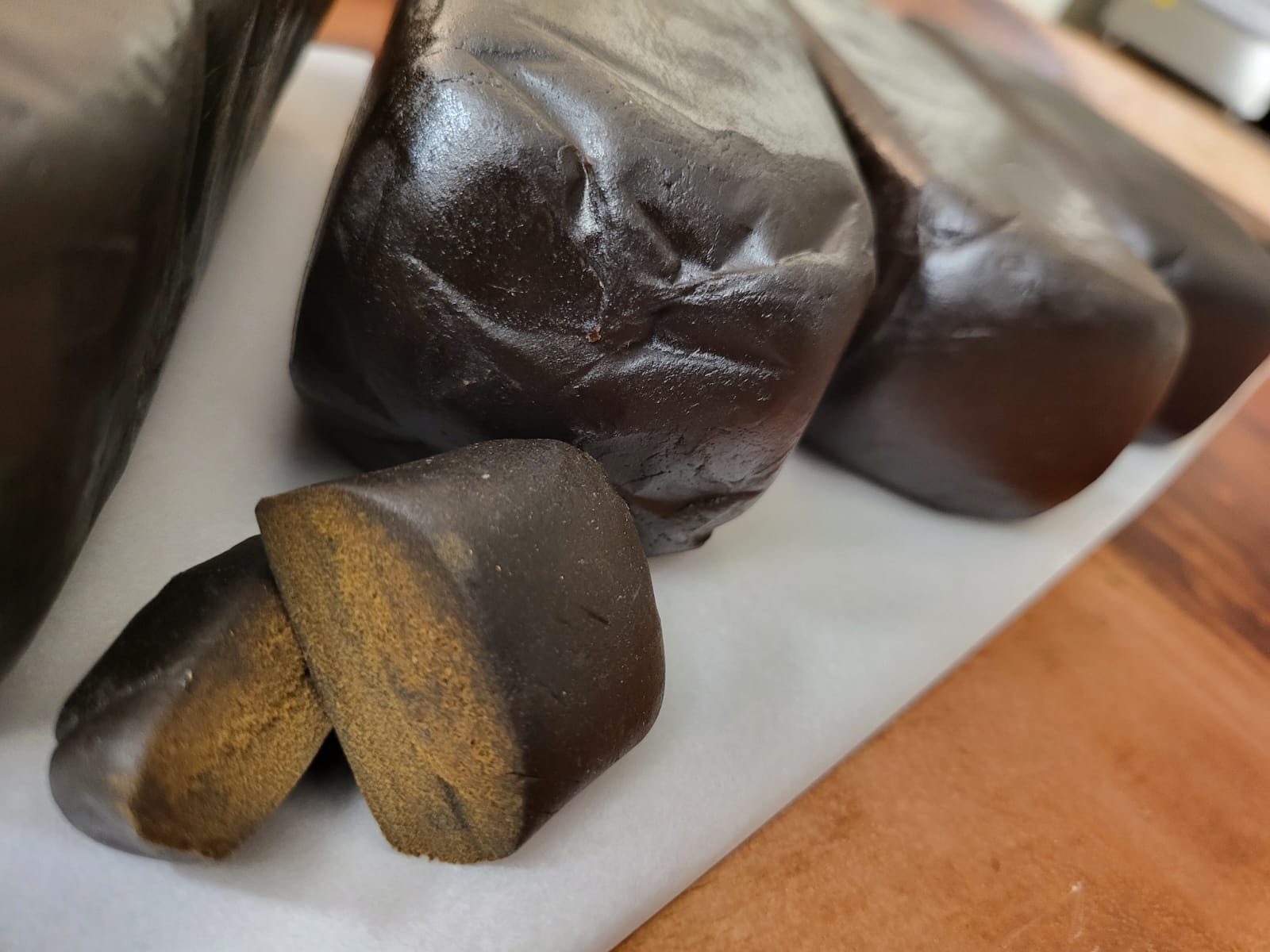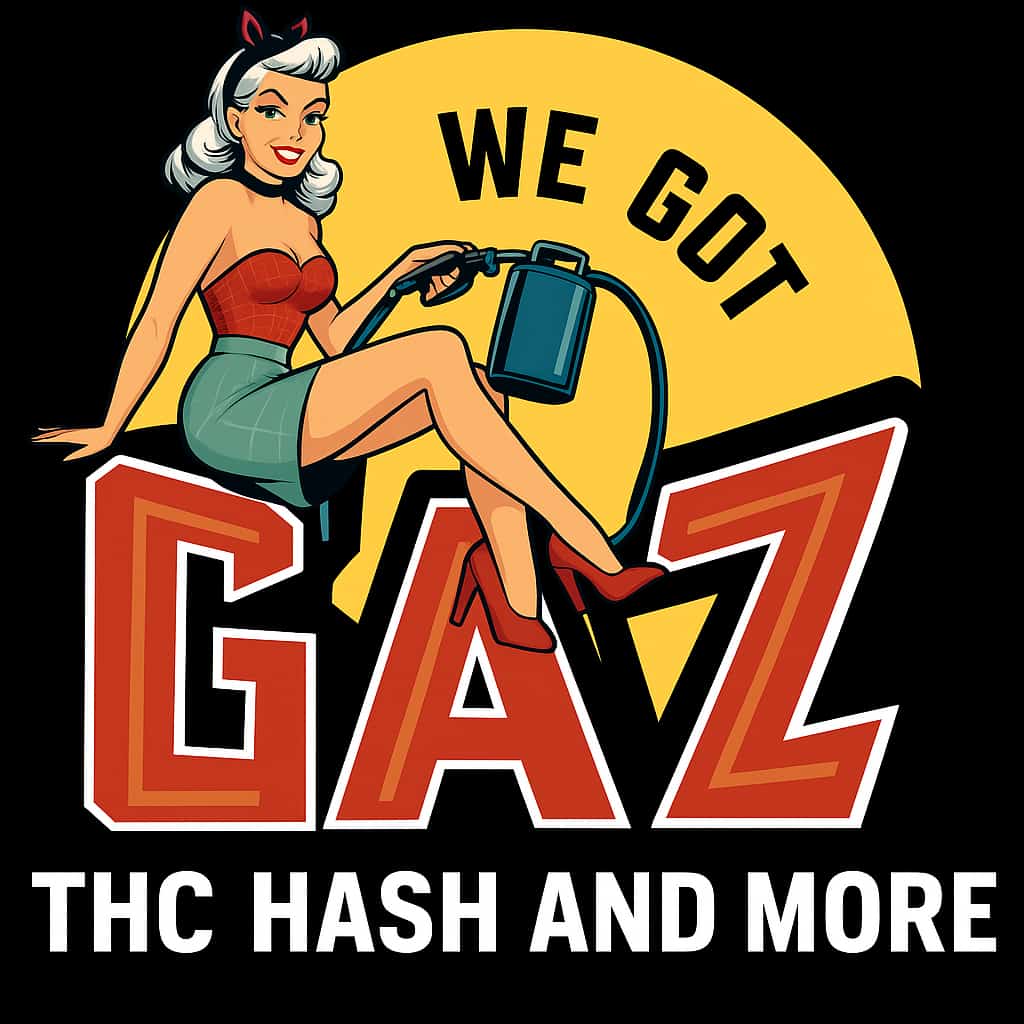The Rich History of Hashish: From Ancient Origins to Modern Times
August 25, 2024 6:49 am
Introduction
Hashish, often simply referred to as “hash,” is a cannabis concentrate that has been cherished for centuries for its potency and unique effects. Its history is as rich and varied as the product itself, spanning across multiple cultures and time periods. This blog post will explore the fascinating evolution of hashish, from its earliest records to its contemporary use, with highlighted dates and significant events.
Ancient Beginnings: 1st Millennium BCE
The earliest known references to hashish date back to ancient Persia (modern-day Iran) and India. Historical texts and archaeological finds suggest that hashish was used as far back as the 1st millennium BCE. Early Persian and Indian cultures were among the first to discover the psychoactive properties of cannabis, though hashish in its early forms was likely more rudimentary compared to what we know today.
The Islamic Golden Age: 8th – 13th Century CE
During the Islamic Golden Age, particularly between the 8th and 13th centuries, hashish became prominent in the Middle East. It was during this period that the process of making hashish from cannabis resin was refined. The use of hashish became widespread in the Islamic world, particularly among scholars, poets, and mystics. The famous “Hashishans” or Assassins, a sect during the Crusades, were notorious for their use of hashish to induce altered states of consciousness.
Hashish in Europe: 19th Century CE
Hashish made its way to Europe in the 19th century, thanks in part to the travels of European explorers and colonial administrators. French writer and explorer Jean-Baptiste Farine was among the first to write extensively about hashish and its effects, documenting its use in the Middle East and North Africa. This period saw the rise of “hashish clubs” in Europe, where intellectuals and artists gathered to discuss their experiences and enjoy the substance.
The 20th Century: Hashish in the Counterculture Movement
The 20th century saw hashish’s integration into the counterculture movement of the 1960s and 70s. With the rise of the hippie movement and the increasing popularity of cannabis, hashish became a symbol of rebellion and freedom. It was during this era that hashish gained popularity in the United States and other Western countries, alongside marijuana.
Modern Times: 21st Century and Beyond
In the 21st century, hashish has experienced a resurgence in popularity, particularly with the growing acceptance and legalization of cannabis in various regions around the world. Modern hashish is produced with advanced techniques that preserve the purity and potency of the cannabis resin. Today, hashish is enjoyed both recreationally and medicinally, with a focus on quality and authenticity.
Contemporary Developments
Recent developments in the cannabis industry have seen hashish being made from high-quality, organically grown cannabis. Companies like Organic CBD LLC have embraced traditional methods while also innovating to meet contemporary standards. The focus on quality and sustainable practices has brought hashish back into the limelight as a premium product.
Conclusion
From its ancient origins to its modern resurgence, hashish has a storied history that reflects its significance across cultures and epochs. The evolution of hashish from a rudimentary extract to a sophisticated concentrate highlights the enduring fascination with this unique product. As the cannabis industry continues to grow and evolve, hashish remains a symbol of quality and tradition, cherished by connoisseurs and enthusiasts worldwide.
Explore the rich legacy of hashish and experience premium quality products from Organic CBD LLC, where tradition meets innovation in every batch.

